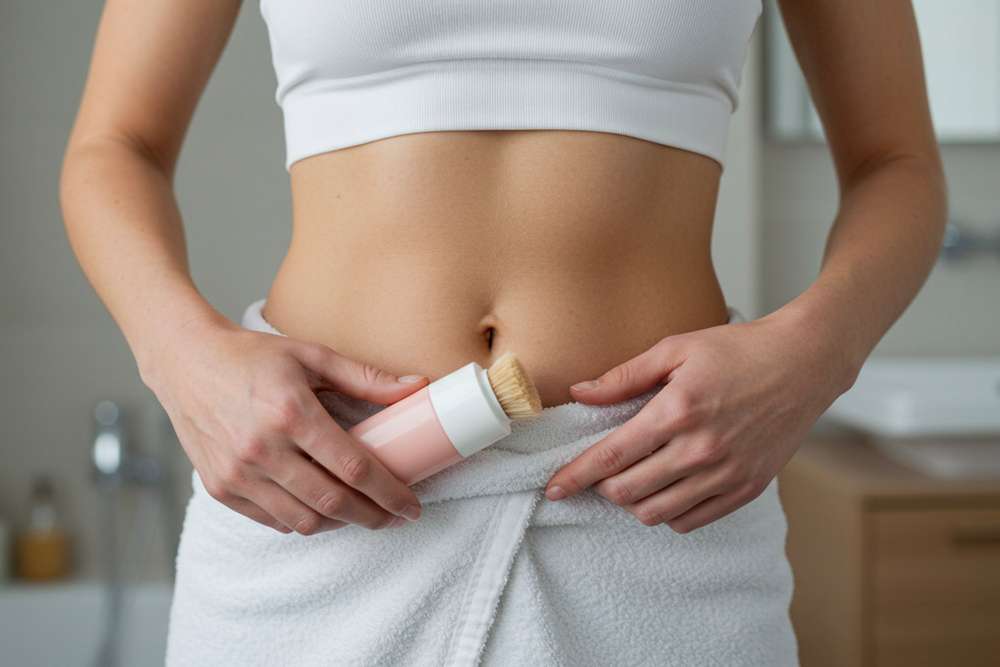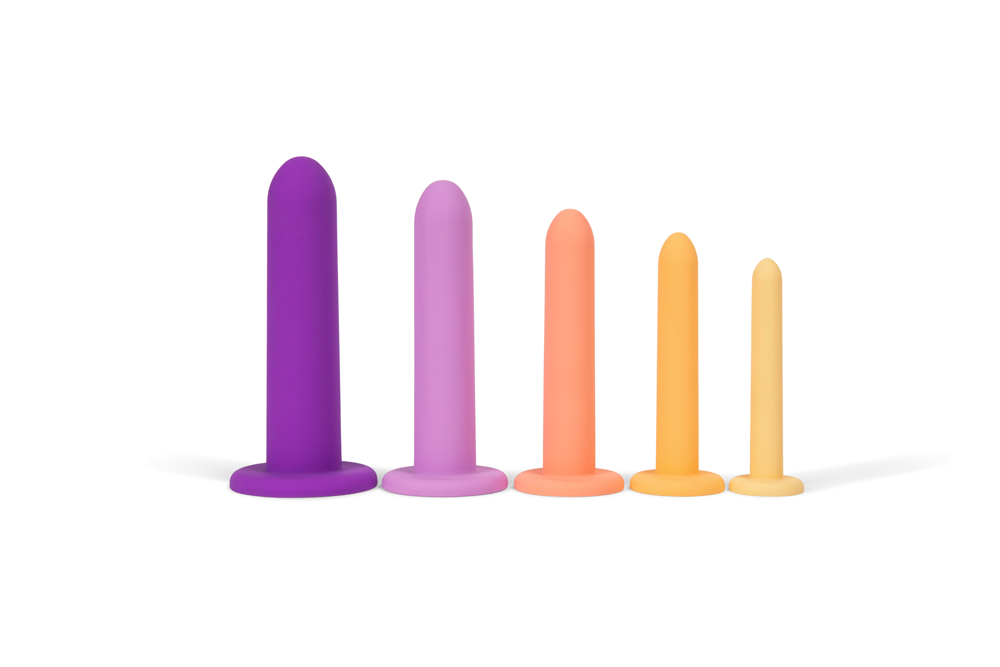Undergoing vaginoplasty is a transformative experience, whether for gender affirmation or reconstructive purposes. However, the success of such a procedure isn't solely dependent on the surgery itself but also on diligent post-operative care and aftercare.
This blog post aims to demystify the vaginoplasty recovery process, providing you with detailed, practical guidance on how to get the best outcomes after surgery. From immediate post-op care to long-term health maintenance, we cover all you need to know to support your healing journey.
What to Expect During Vaginoplasty Recovery
The recovery process after vaginoplasty can vary, but it generally follows a structured timeline with distinct phases. Knowing what to expect at each stage can help you prepare and stay on track.
Immediate Post-Operative Phase (Weeks 1–2)
During the first two weeks following surgery, your body will be in the initial stages of healing, and you may experience swelling, bruising, itching, and discomfort around the surgical area. Mobility may be limited due to tenderness, and a catheter may be necessary to assist with urination during this period.
This phase focuses primarily on rest and allowing your body to recover. Your surgeon will provide detailed instructions on caring for the surgical site, managing pain, and preventing complications such as infections to ensure a smooth healing process.
Short-Term Recovery Phase (Weeks 3–6)
By the third week after surgery, you may begin to notice a reduction in swelling and an improvement in mobility. During this phase, dilation therapy is typically introduced to maintain the vaginal canal’s shape and prevent narrowing. However, your surgeon may have specific guidelines they want you to follow and we always recommend following your specific provider’s post-op instructions in regards to when you can start using dilators.
While light activities can often be resumed, it is important to continue avoiding strenuous exercise and heavy lifting to prevent strain on the healing area. Pain and discomfort may start to decrease, but patience remains essential as the healing process continues.
Long-Term Recovery Phase (Months 3–12)
Most tissues have undergone the tissue healing phase by three months though complete healing from vaginoplasty can take up to a year, during which the body undergoes significant recovery and adjustment. Over time, scars will continue to soften and fade, improving the overall appearance of the surgical site.
Normal sexual activity can typically be resumed, but it is essential to consult with your surgeon beforehand to ensure readiness. Regular dilation remains an essential component of maintaining the results and preventing any narrowing or complications, emphasizing the importance of consistent follow-up care throughout the healing process.
Each person’s recovery journey is unique, so it’s important to follow your surgeon’s advice and listen to your body.
Vaginoplasty Aftercare: Setting Yourself Up for Success
Proper aftercare is key to ensuring a smooth recovery. Here’s a detailed look at the most important aspects.
Hygiene and Wound Care
Keeping the surgical site clean is essential to prevent infections and promote healing. It is important to use lukewarm water or a gentle cleanser as recommended by your surgeon, ensuring that the area is cleaned carefully and without irritation.
Harsh soaps and scrubbing should be avoided to prevent damage to the sensitive tissue. After cleaning, gently pat the area dry with a soft towel to maintain hygiene and avoid moisture buildup, which could lead to complications.
Depending on your specific surgery, using a peribottle to reach specific areas may also be helpful beyond the initial healing phases and provides a gentle approach.
Managing Pain and Swelling
Pain and swelling are normal aspects of the healing process, but they can be managed effectively with the right strategies.
Taking prescribed pain medications as directed by your surgeon can help alleviate discomfort. In the first few days, using cold compresses can reduce swelling and provide relief. Additionally, elevating your pelvis slightly with pillows or cushions while lying down can help minimize fluid buildup and promote proper healing.
Following these steps can make the recovery process more comfortable and manageable.
Rest and Movement
Rest is essential during the initial weeks, but light movement can aid circulation and prevent complications like blood clots. Short walks around your home are encouraged but avoid standing or sitting for extended periods.
The Importance of Dilator Therapy in Recovery
One of the most important aspects of vaginoplasty aftercare is dilation therapy. This involves using medical dilators to maintain the vaginal canal’s intended depth and width as it heals.
Dilation plays a key role in the healing process, particularly in preserving the surgical outcome. Without regular dilation, the vaginal canal may narrow or even close during healing, which can lead to complications.
Consistent dilation helps minimize discomfort caused by scar tissue formation while ensuring that the vaginal canal maintains its flexibility and function over time.
How to Get Started
Your surgeon will guide you on when and how to begin dilation. Typically, it starts within a few weeks after surgery and continues regularly for the first year.
Using a high-quality dilator set, like NewFlora’s 5 piece dilator set, can make the process more comfortable and effective. Designed with ultra-soft medical-grade silicone, our dilators provide a safe and gentle way to deal with this essential part of recovery.
Managing Discomfort in the Pelvic Region
It’s common to experience tension or soreness in the pelvic area during recovery. This can result from both the surgical process and the adjustments your body is making as it heals.
At-Home Relief
Using tools like NewFlora’s pelvic wand can help target muscle tension and promote relaxation in the pelvic floor. This product is specifically designed for ease of use and is an excellent complement to post-operative care, reaching to the muscles deep into the pelvic floor that the dilators are unable to address.
When to Seek Professional Help
Although complications are rare when aftercare instructions are followed, it is important to recognize when additional help may be necessary.
Contact your healthcare provider if you experience persistent or worsening pain, signs of infection such as unusual redness, swelling, or discharge, or ongoing difficulty with dilation that does not improve over time. Early intervention can address these concerns effectively and support your recovery process.
Emotional Recovery, Resuming Intimacy, and Long-Term Aftercare
Recovering from vaginoplasty is about more than just physical healing; it’s also a deeply personal emotional journey. The process of rebuilding confidence, reconnecting with your body, and adapting to the changes takes time and support. Let us find out how to handle these aspects of recovery for long-term success.
Emotional Recovery: Taking Care of Your Mind
The emotional impact of vaginoplasty can vary greatly from person to person. For many, the procedure is life-affirming and transformative, but the recovery process can also present emotional challenges. It requires patience, as healing takes time, and it is natural to feel frustrated or impatient with the pace of progress.
Adjusting to changes in body image can also be a gradual process, especially as swelling subsides and the final results begin to emerge. Additionally, experiencing emotional lows, often referred to as post-surgical blues, is common. These feelings may be linked to hormonal changes, pain, or the temporary limitations that come with recovery.
Tips for Emotional Well-Being
Maintaining emotional well-being during the recovery process is essential, and there are several ways to support yourself during this time.
Seeking support from groups or individuals who have had similar experiences can be incredibly reassuring, as hearing shared stories can help normalize your feelings. Celebrating milestones, no matter how small, is another powerful way to stay positive—whether it’s the first time you walk without discomfort or when dilation begins to feel easier.
Additionally, considering counseling with a therapist, particularly one familiar with post-surgical care or gender-affirming experiences, can offer invaluable guidance and emotional support throughout your journey.
Resuming Sexual Activity and Intimacy
Sexual activity after vaginoplasty is a personal milestone, and timing will depend on your body’s healing process. Your surgeon will provide specific guidance, but most individuals can consider resuming intimacy after 8–12 weeks.
Preparing for Intimacy
Preparing for intimacy after vaginoplasty involves careful consideration and open communication. Using a high-quality, body-safe lubricant is essential, as the vaginal canal may feel dry or sensitive even after the healing process is complete.
Additionally, discussing boundaries, comfort levels, and expectations with your partner is important to fostering a positive and mutually enjoyable experience. Open dialogue can help ensure both emotional and physical comfort as you navigate this new chapter.
Overcoming Discomfort
It’s common to feel some apprehension or tightness initially. Our vibrating pelvic wand can help relax the pelvic muscles and ease tension during intimacy.
Long-Term Aftercare for Sustained Results
Proper long-term care is important for preserving the benefits of vaginoplasty and ensuring lasting comfort and function. Even after the initial healing phase, consistent attention to aftercare remains crucial. Maintaining vaginal health involves staying vigilant about hygiene by keeping the area clean and monitoring for any signs of infection.
Regular follow-up visits with your surgeon are also important to identify potential concerns early. If you experience discomfort, changes in sensation, or tightness, it is essential to consult a healthcare provider promptly.
For individuals who have undergone labiaplasty as part of their surgical journey, the recovery process for this procedure follows similar principles. Proper hygiene, adequate rest, and attention to swelling are key aspects of recovery for both vaginoplasty and labiaplasty.
It is important to communicate with your surgeon about how these procedures might affect one another and to adjust your aftercare routine accordingly for optimal outcomes.
Building a Supportive Environment
Your recovery environment can significantly impact your experience. Creating a space that encourages rest and relaxation will help you heal both physically and emotionally. Start by ensuring your surroundings are as comfortable as possible, with supportive pillows, loose-fitting clothing, and easy access to essentials.
Establishing a self-care routine that incorporates relaxing activities, such as mindfulness, light reading, or gentle stretching, can further promote a sense of well-being.
Additionally, surrounding yourself with trusted companions, such as supportive friends or family members who can assist with daily tasks, can ease the recovery journey and provide emotional encouragement.
NewFlora: Your Partner in Healing
Vaginoplasty recovery is a journey of patience, resilience, and transformation. By following a dedicated aftercare plan, prioritizing emotional well-being, and using our set of specialized products from NewFlora, you can ensure a smooth and successful recovery.
We’re here to support you every step of the way with products designed to enhance your comfort and healing. Contact us today to learn how we can help you with your recovery process.





